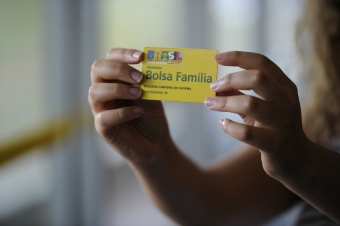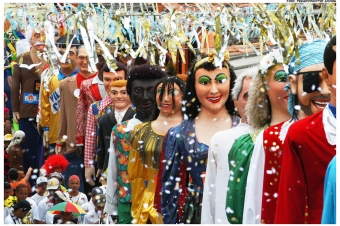Summary:
The activity involves the development of a policy paper that identifies a regulatory problem and intends to address it.
Objective:
- GENERAL GOALS: The aim of the course is to develop into the students the analytical capacity of legal reality.
- SPECIFIC GOALS: the policy paper focuses on prescriptive questions, identifying a problem or any existing problem. In addition to diagnosing the problem, the policy paper proposes a solution or a reference to address the identified problem.
- It is intended that they develop the ability to identify problems and trends of the legal profession and be able to formulate alternatives to intervene in this reality.
Dynamics:
- TEACHING METHOD: Problem-Based Learning.
- REQUIREMENTS: in first class, groups were formed, which remained the same until the last meeting.
- INTRODUCTION TO THE DYNAMICS: in the second class, the students received a list of topics containing a title and keywords that reflected the main course discussions. The students should choose the theme and perform the activity necessarily considering all sub-topics listed on the keywords listed.
- DEVELOPMENT OF THE DYNAMICS: The students, in groups, presented in the eighth course class an ongoing draft law or regulation, which should contain the explanatory reasons and the document that has the potential to alter reality. Thus, the students should draw a diagnosis of what the situation was, that in their opinion should be changed, explaining the justification of this diagnosis and developing a proposal law project or a regulation for this purpose.
- END OF THE DYNAMICS: in the last class, students presented the policy papers’ content orally to the class and discussed the proposals with other colleagues.
- ATTENTION IN THE CLASSROOM: it is necessary a reasonable time between the activity application and the deadline date for the presentation of the product. So, the students can present well-structured proposals, which demands some time to search.
Evaluation:
- FEEDBACK: During the discussion in the classroom, each group received other students and professor’s feedback. Later, the last one sent a written evaluation. If students wanted to receive feedback before the final delivery, they could present a draft paper to the professor with two weeks in advance (sixth class).
- GRADE EVALUATION: the activity was equivalent to 50% of the course grade. There were evaluated (1) the capacity of a clear identification of the problem, (2) the quality of data submitted to support the proposal, (3) the ability of the proposed design and at the read back with other regulatory alternatives.
Observation:
The ideal is that students have access to all the policy papers produced by the groups and can read it before class that preview the presentation and discussion of the proposals. Thus, the discussion can be deeper and more profitable.
Copyright from the cover page image (cropped):
Image: "Workshop Scenario-guided policy development in Tanzania", 2015, picture by "E. van de Grift", available by the Flicker user "Climate Change, Agriculture and Food Security", under the Creative Commons BY-NC-SA 2.0 license






